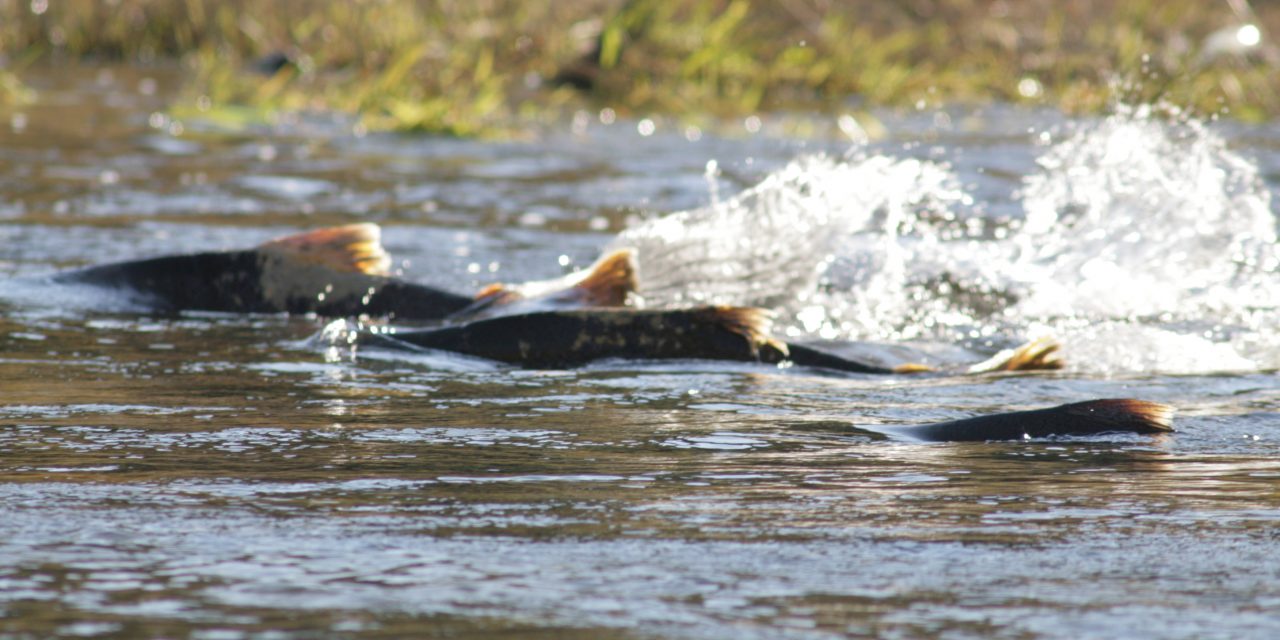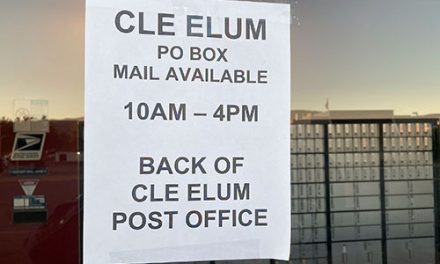Public should exercise increased caution around Yakima basin rivers.
YAKIMA, Wash. – The Bureau of Reclamation will begin its annual “flip-flop” operation in late August to aid in successful spawning and incubation of chinook salmon eggs and to improve winter reservoir storage in the Yakima basin.
Flows out of Keechelus and Cle Elum reservoirs in the upper Yakima River basin will gradually decrease, while flows from Kachess and Rimrock reservoirs will increase. This operation will affect flows in the Tieton and Naches rivers as well as the upper Yakima, Cle Elum, and Kachess rivers in the upper Yakima basin. In other words, flows from these facilities will transition, or “flip-flop.”
Reclamation will begin diverting water down the Kittitas Reclamation District’s Spillway 1146 into the Yakima River near Thorp after Labor Day weekend. Buoys and warning signs will be in place in the Yakima River by Sept. 8 and remain until mid-October, after the flow from Spillway 1146 ends.
Reclamation urges those recreating or working along Yakima basin rivers to exercise caution, especially in the Yakima River near Thorp. Please avoid areas where spillway water flows into the river, portage around buoys, and stay out of dangerously turbulent flows.
Flows below Cle Elum Reservoir will decrease to a low of about 250 cubic feet per second by Sept.15, or sooner. Conversely, flows from Rimrock Reservoir is expected to increase from the current flow up to between 1,700 and 2,400 cfs by mid-September, depending on irrigation demands and weather conditions. Flows should be between 1,000 and 1,800 cfs by Labor Day weekend depending on prevailing conditions. Rimrock outflows will begin decreasing in late September to between 50 and 130 cfs by the end of the irrigation season, Oct. 20, to maintain required downstream minimum flows.
This annual flip-flop operation maintains relatively low, more natural flows, which are important for Chinook salmon spawning in the upper Yakima, Cle Elum, and Bumping rivers. It also allows Reclamation to reduce impacts on irrigation water supplies by allowing lower reservoir releases throughout the winter to improve storage for the coming season.
Real-time streamflow information can be found on Reclamation’s website.
(Image credit: photo by Dan Cook (USFWS) – https://www.flickr.com/…/usf…/5456984378/in/photostream/, Public Domain, https://commons.wikimedia.org/w/index.php?curid=15141589 )





